In this post, we will understand the various PLC data types like a bit, byte, integer, real, string, etc.
Various new programmers face issues in understanding a data type of PLC. Data type means the format of the variable or constant used in a program.
Data Types in PLC
Without understanding a data type and how its format works, a PLC programmer cannot develop and define a program properly.
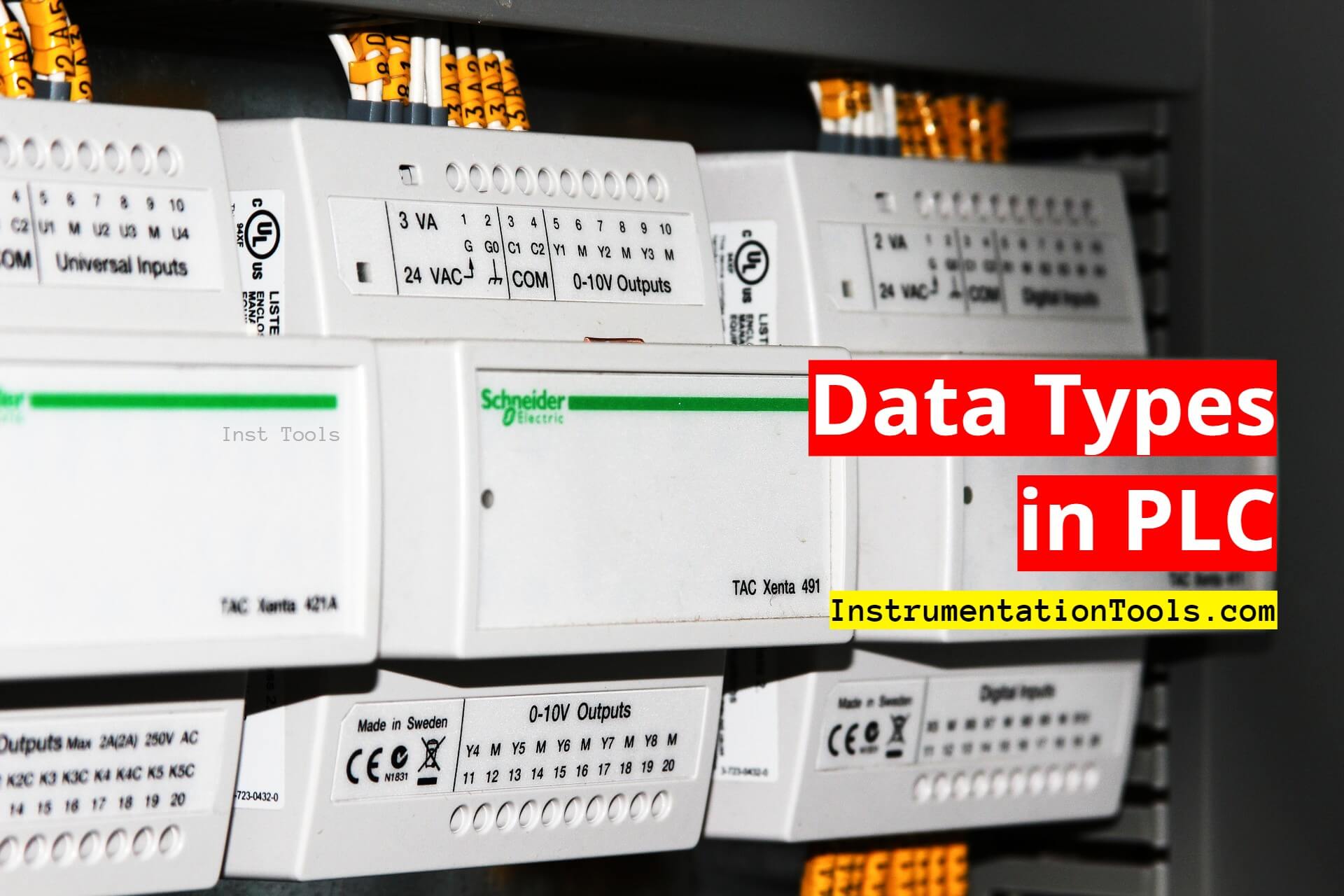
Bit
The format of a variable starts with a single bit. Its value is defined as 0 or 1.
In simpler terms, compare it with the Indian currency. It starts with a single paisa and multiple paisas make a rupee. Similarly, the format of any data type starts with a bit.
Its value is only true or false. The “bit” is also called as Boolean.
Byte
Now, 8 bits make a byte. The first start bit means LSB (least significant bit) and the last bit means MSB (most significant bit).
Refer to the below image. It comprises 8 number of bits, with each bit having its individual value. The range of a format is defined by 2n.
Here, n is the number of bits used in a data type.
So, as per the format used here in byte, the value for 28 will be 256. That means 256 numbers of combinations or values will be possible in a byte.
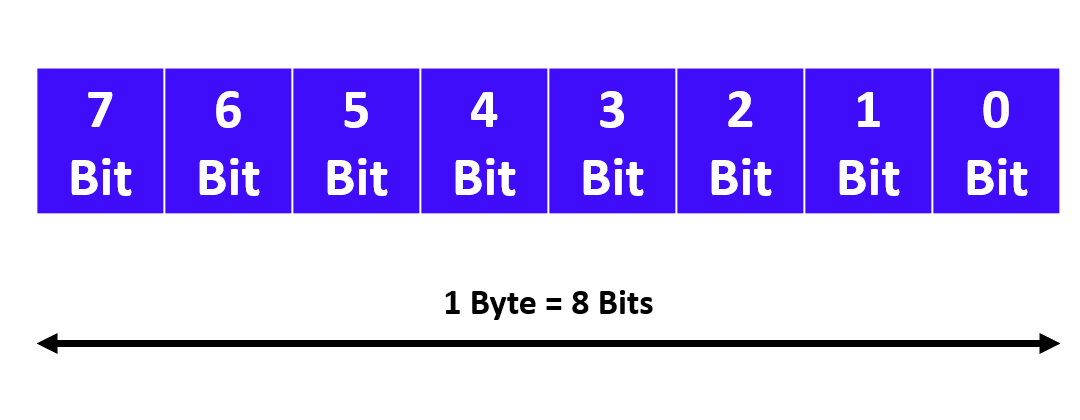
Any format with multiple bits can be classified into two types – signed and unsigned. Signed means the range has both positive and negative numbers.
Unsigned means the range has only positive numbers. So, here in a byte, an unsigned byte means 0 to 25; and a signed byte means -128 to 127.
A byte is also called a short integer.
Integer
Now, 16 bits make an integer. The first start byte means LSB (least significant byte) and the last byte means MSB (most significant byte).
The value for 216 will be 65536. That means 65536 numbers of combinations or values will be possible in an integer.
An integer is also called as a word. But, a word cannot be signed. It will be unsigned only.
An unsigned integer means 0 to 65535, and a signed integer means -32768 to 32767.
Double Integer
Now, 32 bits make a double integer. The value for 232 will be 4294967296. That means 4294967296 numbers of combinations or values will be possible in a double integer.
An unsigned double integer means 0 to 4294967296, and a signed double integer means -2147483648 to 2147483647.
In a PLC memory, two words make a double integer. So, for example, consider a Schneider PLC. %MW0 and %MW1 both will make a double integer; whereas only a single %MW0 or %MW1 will make an integer.
So, if you use %MD0 in this PLC, the next available address will be %MD2; as %MD0 comprises of %MW0 and %MW1.
Real
Here too, 32 bits makes a real format. But, the major difference between real and double integers is that a real variable can directly be assigned a decimal value.
The value will be from -3.4028235E+38 to 3.4028235E+38.
Like a double integer, a real format also uses two memory words.
String
A string format can contain any string of characters – numeric or alphanumeric. Every PLC has its own reserved memory for string variables.
The memory space needed for a string is 1 byte per character + 1 additional byte.
So, say a value – WELCOME. It will require 7 bytes for storing this value plus one additional byte; which means a total of 8 bytes will be required.
These are some of the generally used data types in a PLC.
PLC Data Types Video
In the below video, we discussed the various types of data in Omron PLC.
If you liked this article, then please subscribe to our YouTube Channel for Instrumentation, Electrical, PLC, and SCADA video tutorials.
You can also follow us on Facebook and Twitter to receive daily updates.
Read Next:
- Validate PLC Inputs
- PLC Best Practices
- What is Hot Standby in PLC?
- Monitor PLC Memory Usage
- Converter in Siemens PLC

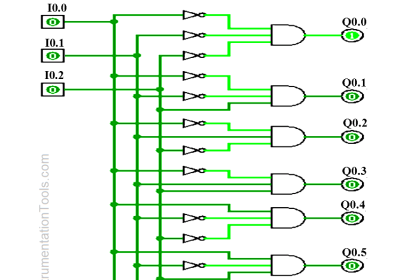






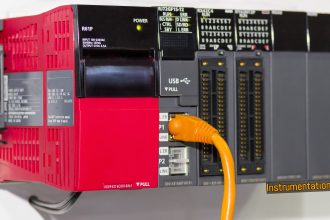

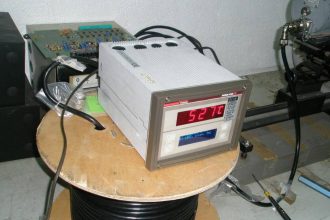


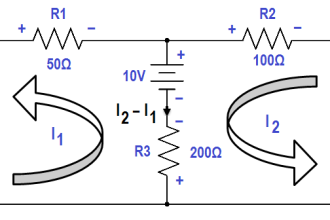

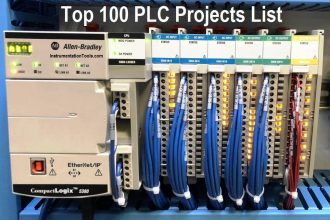

Nice and interesting topics